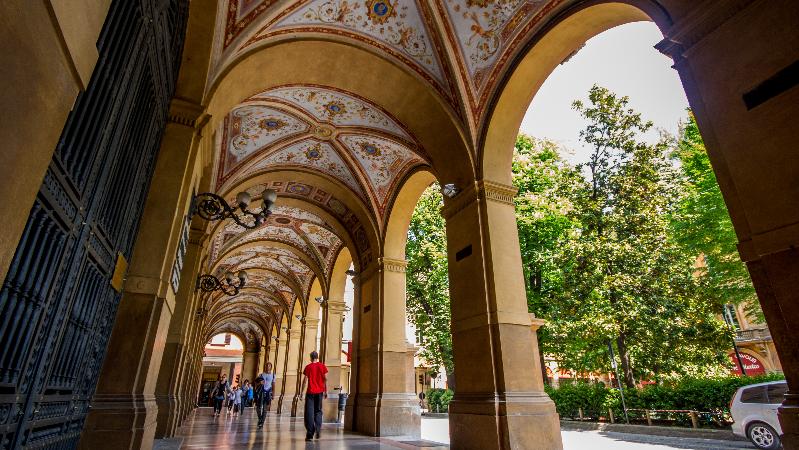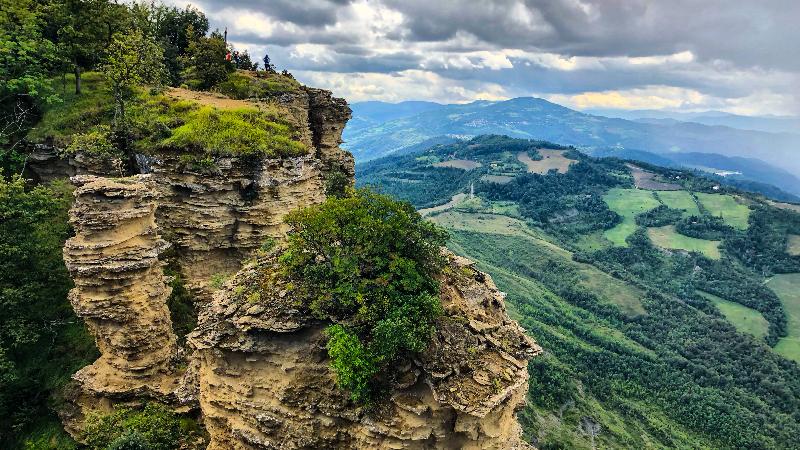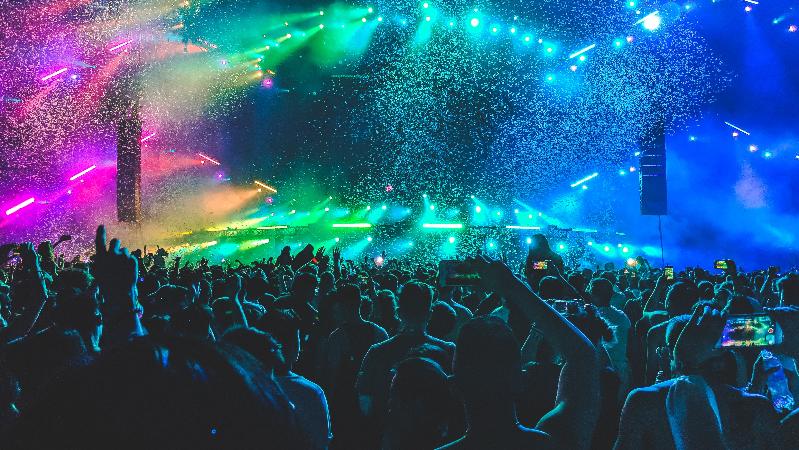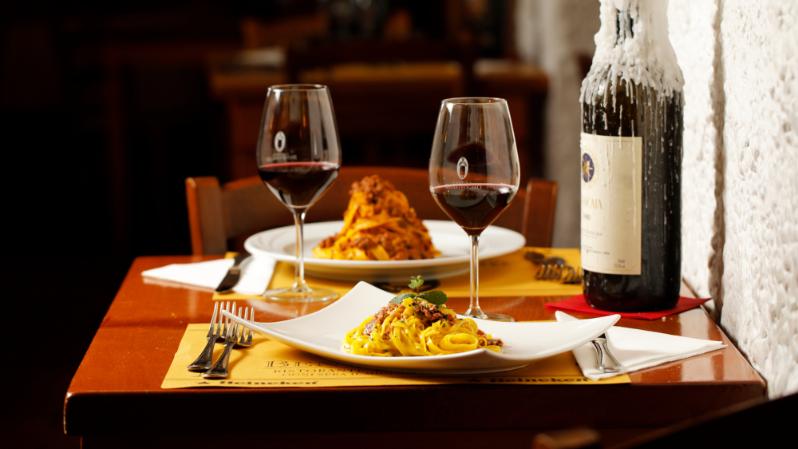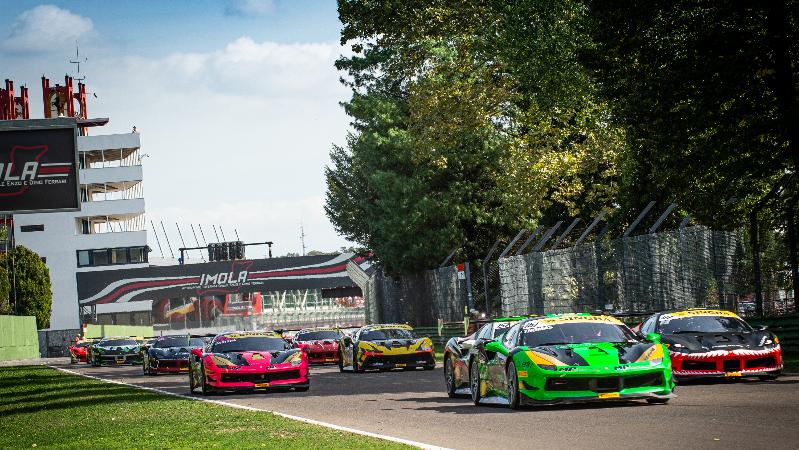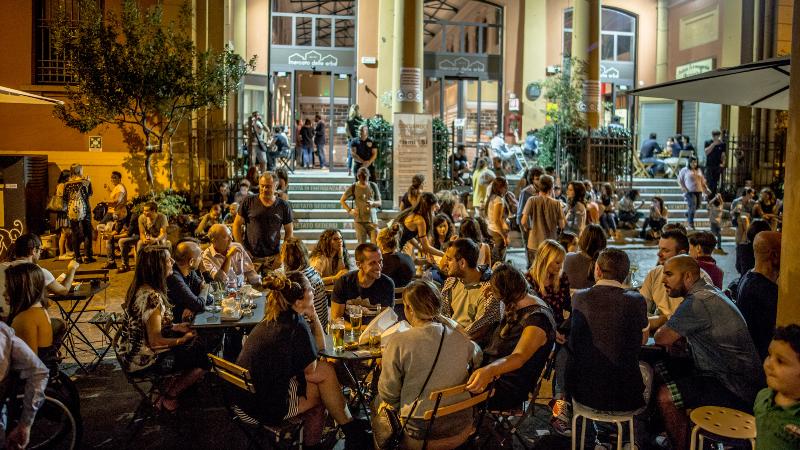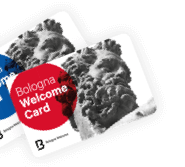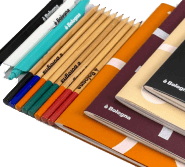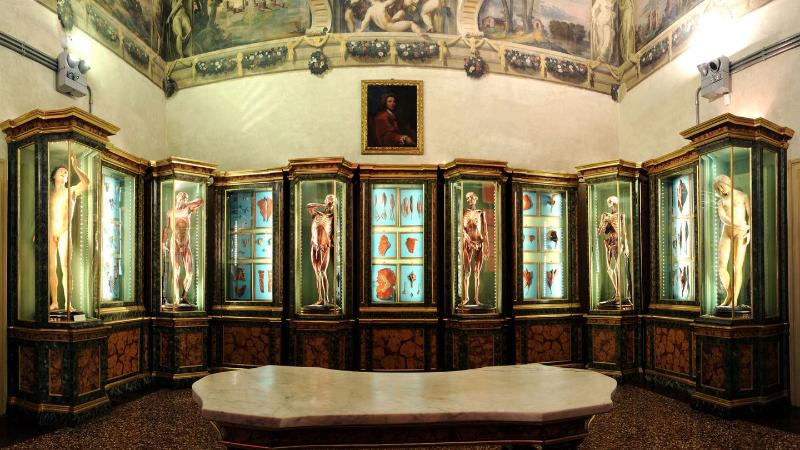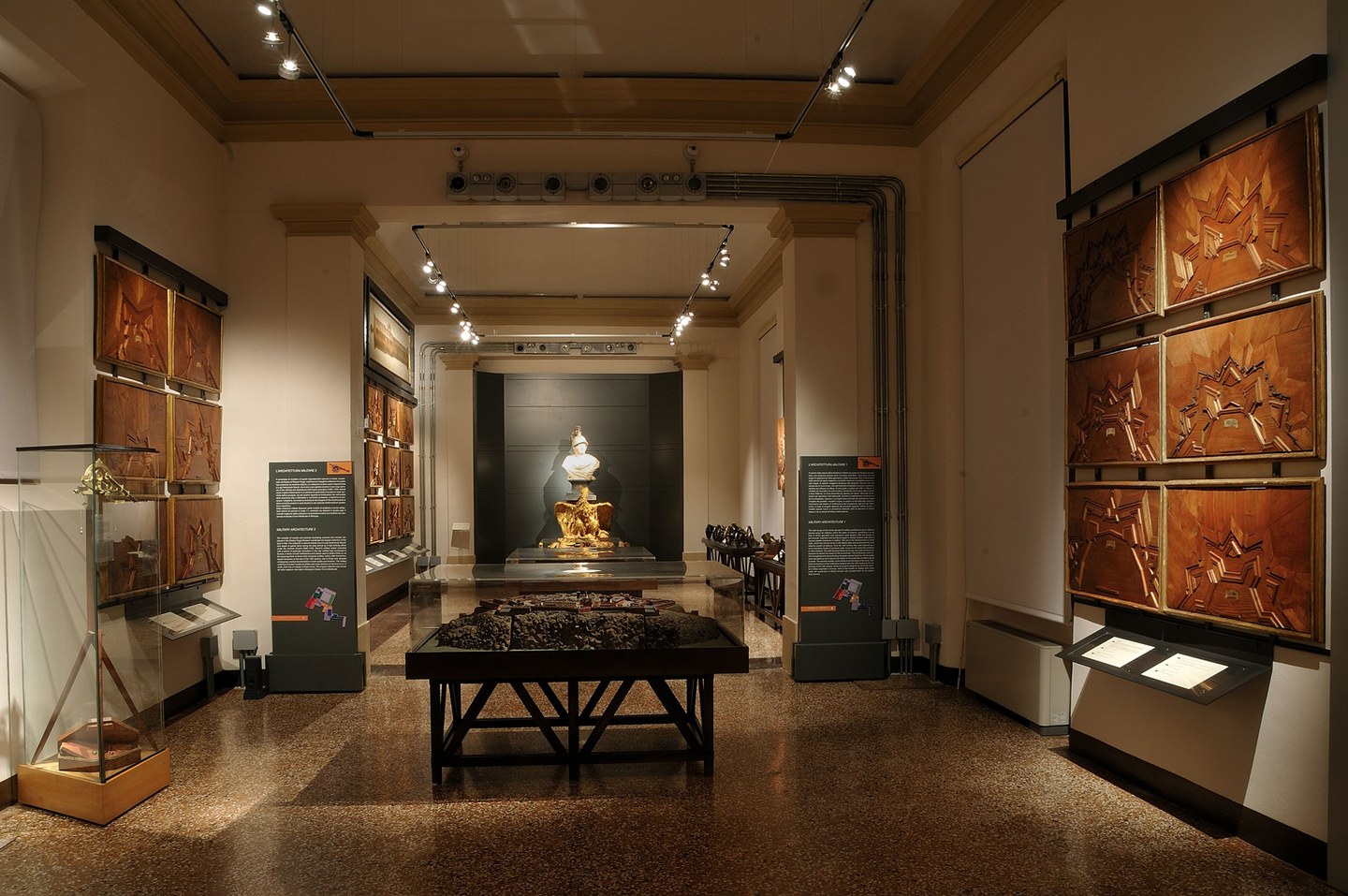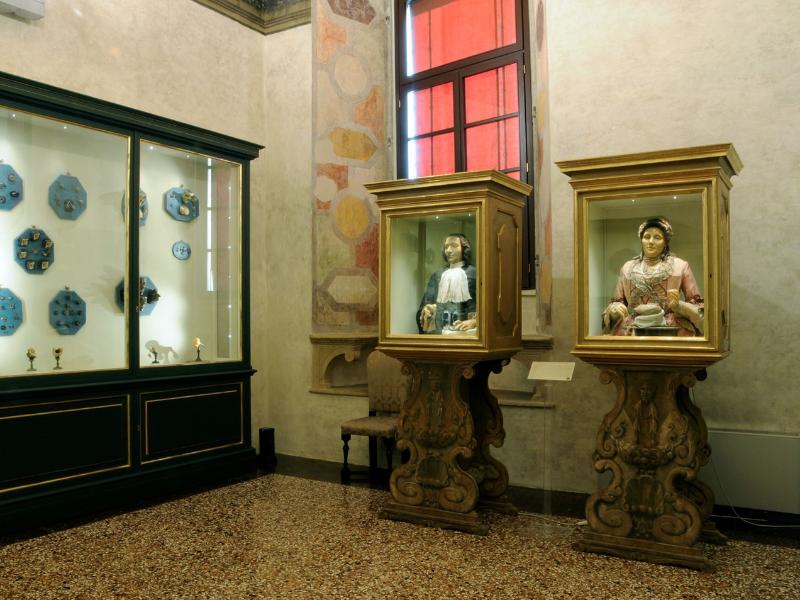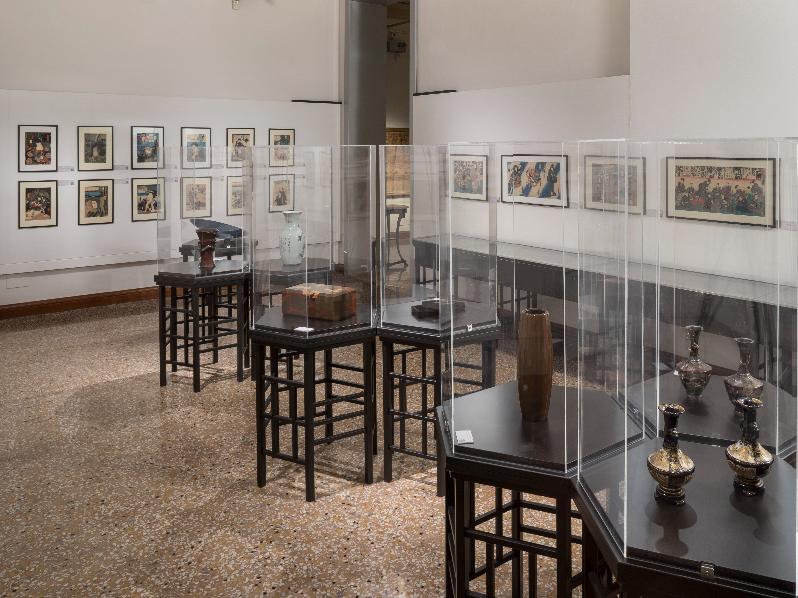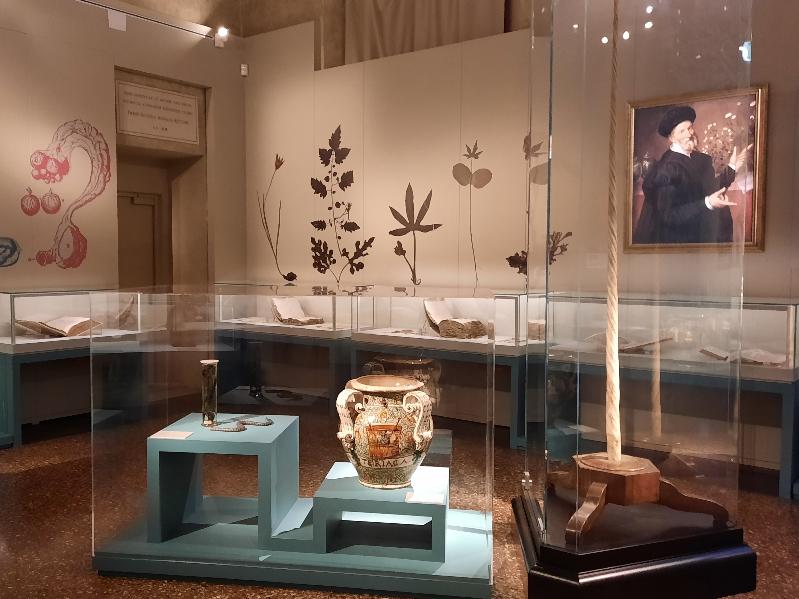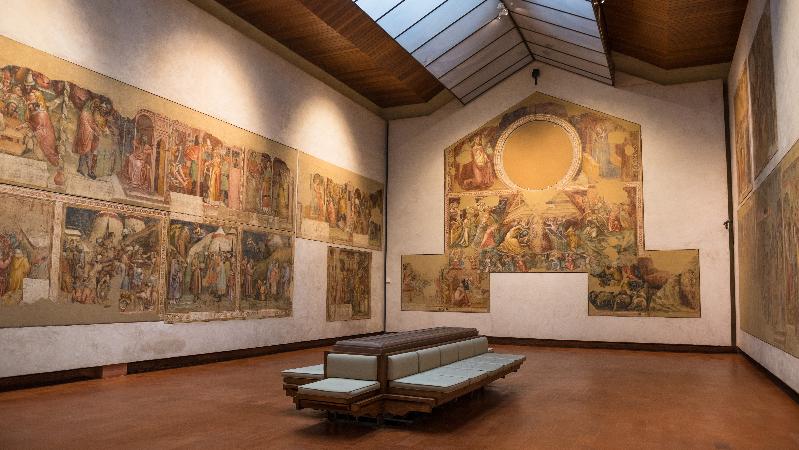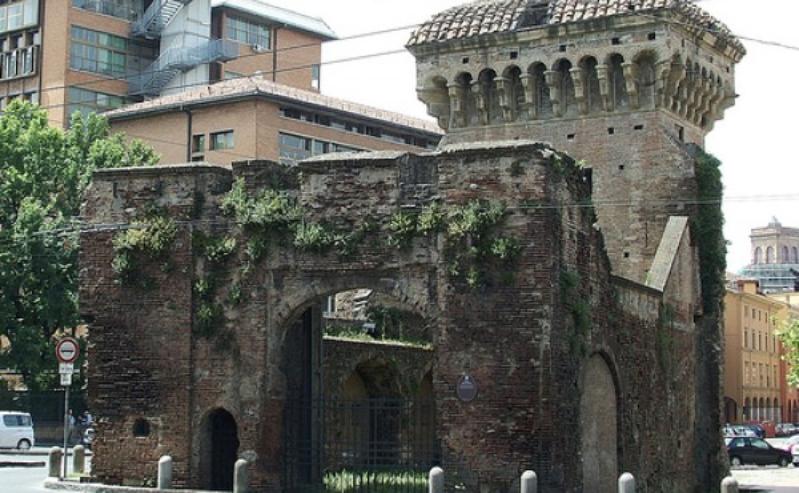Palazzo Poggi, which was built during the 16th century on a design by Pellegrino Tibaldi, who was also the author of part of the frescoes in the interior, stands in the true heart of the university area and was also, since 1803, the seat of the University. Inside the palace is the Carducci Lecture Hall; it was here that the poet Giosuè Carducci held his lessons in Italian literature, a chair that was assigned to him by the Studium of Bologna in 1860.
SALE DELLE NAVI E DELLE ANTICHE CARTE GEOGRAFICHE (SHIPS AND ANCIENT GEOGRAPHICAL MAPS ROOMS)
The room displays the entire "Chamber of Geography and Nautics" of the Institute of Sciences (Istituto delle Scienze), made up of precious naval models from the 17th and 18th centuries and contemporary geographical maps. The Institute brought together this elegant fleet of warships to study the advanced technology to which European nations entrusted their military and political fortunes, the security of trade and, therefore, the size of the State.
SALE DI ARCHITETTURA MILITARE (MILITARY ARCHITECTURE ROOM)
The "Military Architecture Chamber" is dedicated to military and ballistic exercises and houses fortification schemes designed and built by the most eminent Italian, French and German engineers. The wooden panels, reproducing existing fortresses and strongholds or theoretical fortification systems, were an important tool for the study of town planning at the time. The second room houses models and artillery drawings, watercolour panels and paintings that illustrate the diplomatic activities of the Marsili.
MUSEO DI ANATOMIA UMANA (HUMAN ANATOMY MUSEUM)
The Museum houses the eighteenth-century anatomical waxes that belonged to the Institute of Sciences (Istituto delle Scienze) and that were added to the collection thanks to an idea by Cardinal Prospero Lambertini, archbishop of Bologna, after seeing the first plates of the academic Clementine Ercole Lelli (1702-1766), passionate scholar of anatomy.
SALA DI OSTETRICIA (OBSTETRIC ROOM)
The Museum, made up of anatomical wax plates, clay models and surgical instruments, was designed by the Bolognese doctor Giovan Antonio Galli (1708-1782). His purpose was to close the existing gap in the field of obstetrics between scientific knowledge and practical knowledge: doctors and surgeons held the theoretical knowledge, while midwives, who were often poorly educated, assisted women in labour with the help of experience alone.
SALA DI STORIA NATURALE (NATURAL HISTORY ROOM)
In the 18th century these rooms were one of the most exciting wonders visible in Palazzo Poggi, consisting of the aggregation of various collections, including the Aldrovandiana and Cospiana collections. The various materials that make up the Museum concern geology, mineralogy, palaeontology, botany, zoology andcomparative anatomy.
SALE DI FISICA (PHYSICS ROOMS)
The fame of the Institute of Sciences (Istituto delle Scienze) was largely linked to the abundance and modernity of the equipment with which the Physics roomswere equipped. Over the course of the century, new materials were added to the first donation of Marsili, made up of useful tools for the study of physical phenomena related to astronomy and biology, thanks above all to the intervention of Pope Benedict XIV and, later, of Cardinal Gioannetti.
SALA DI ARTE ESTREMO-ORIENTALE (FAR EAST ART ROOM)
A collection of over 500 Japanese woodcut prints by some of the major Japanese artists of the 19th century, such as Hiroshige, Kunisada and Kuniyoshi. Of extraordinary interest are also the luxurious theatrical prints of Osaka. The Collection of the Centre for Far Eastern Art Studies currently consists of 160 woodcut prints and Japanese illustrated books, a collection of over 170 objects of different materials and 34 Chinese and Japanese paintings.
Palazzo Poggi hosts also:
Map
Musei di Palazzo Poggi
Via Zamboni 33 - 40126
Telephone: Musei Palazzo Poggi: +39 051 2099610 ; Museo della Specola: +39 051 2099610
Email: sma.museizamboni33@unibo.it
Site/minisite/other: http://www.museopalazzopoggi.unibo.it
Entrance
| Full price | € 7,00 |
| Concession | € 4,00 |
Free admission for Card Cultura holders.
Free ticket and concession info on Palazzo Poggi website
Interests
- Art & Culture
Details
Accessibility
Hearing impediments
The entrance does not present any difficulty for the hearing impaired.
A visual support, e.g. museum map, is needed to orient oneself.
All rooms feature a panel illustrating its history as well as one on the items on display, both marked by plaques with symbols relating to the theme of the room.
The language of the panels is clear but features technical terms so reading them requires good language skills.
The rooms are all different: in some sections have no explanatory labels under the items on display (e.g. the first natural history room) while, in others, the items are described in detail on room labels (e.g. nautical section). The label fonts are also different (some are small, others are clear and easily readable).
Audio and video guides are available as well as artglass augmented reality supports.
Wi-Fi is reserved for University members.
Also available: touchscreen about Carducci (momentarily placed in the break room), videos, interactive projections (currently not working).
There are no means of visual communication in case of emergency both in the bathrooms and in the lift.
Motor disability and mobility issues
The main entrance to the museum is not accessible to visitors with mobility issues due to its steps. There is an alternative entrance in Largo Alfredo Trombetti 4.
When the side access in Largo A. Trombetti is closed, there is a bell at the main entrance placed at 126 cm from the ground to request access from Largo A. Trombetti where the museum on the first floor can be reached by lift with staff assistance.
The rooms can be accessed easily and all the items on display can be viewed perfectly. There may be a few difficulties in some areas only, please refer to the detailed sheet.
Timetables
| Monday | Closed |
| Tuesday | 10am-4pm |
| Wednesday | 10am-4pm |
| Thursday | 10am-4pm |
| Friday | 10am-4pm |
| Saturday | 10am-6pm |
| Sunday | 10am-6pm |
Holidays
Open: 31 March, 1 April, 25 April at 10am-6pm
Closed: Mondays (not public holidays), January 1st, May 1st, August 15th, December 24-25.
